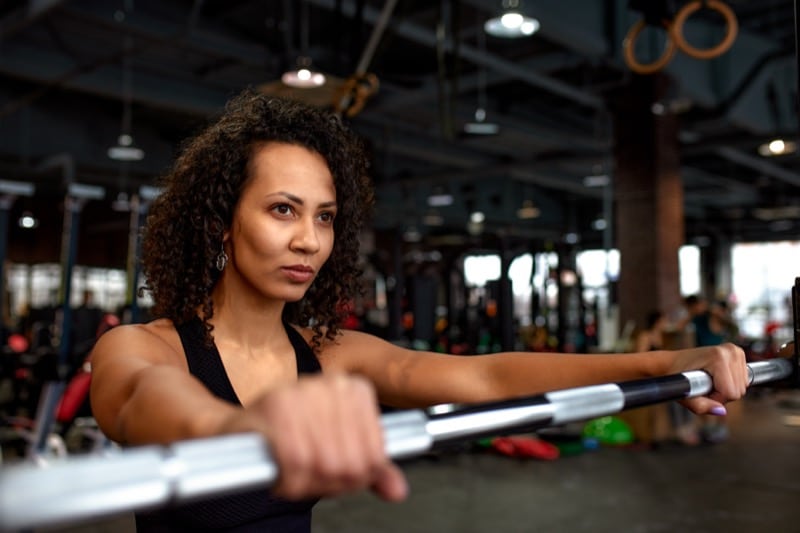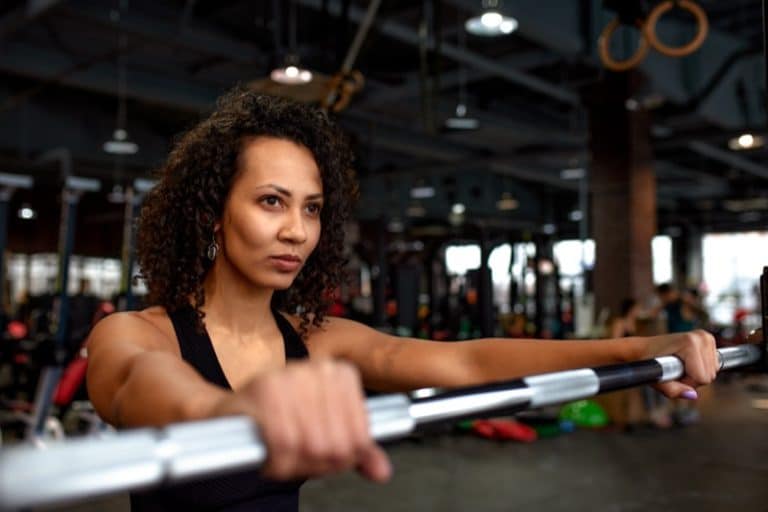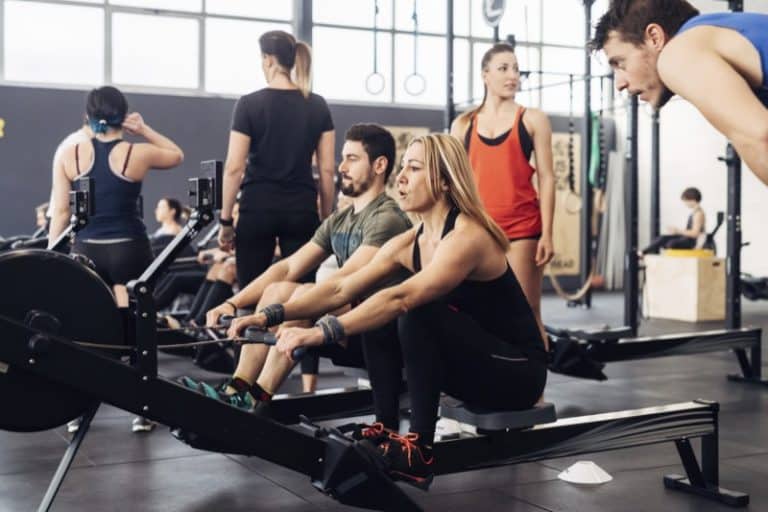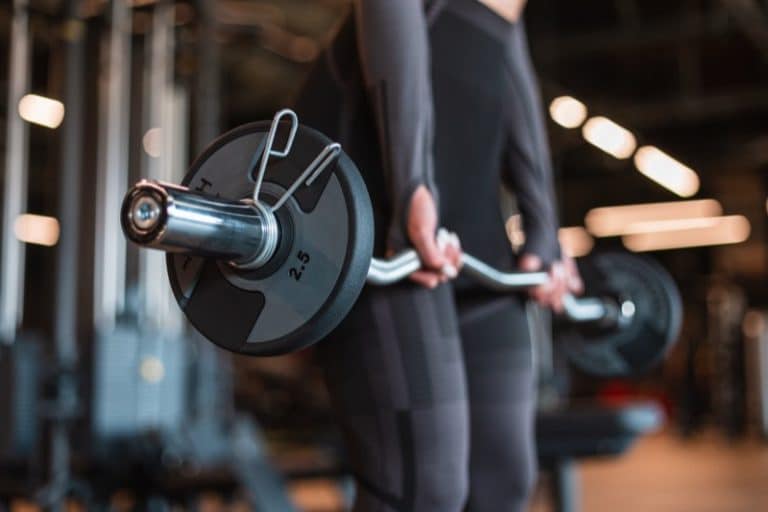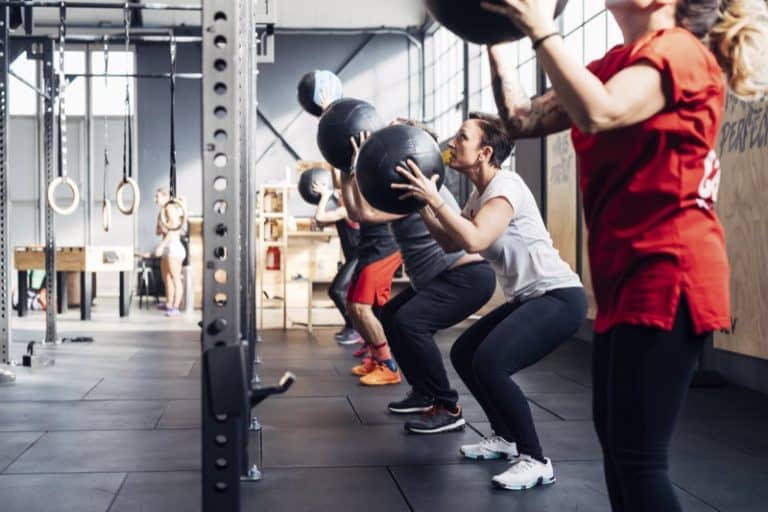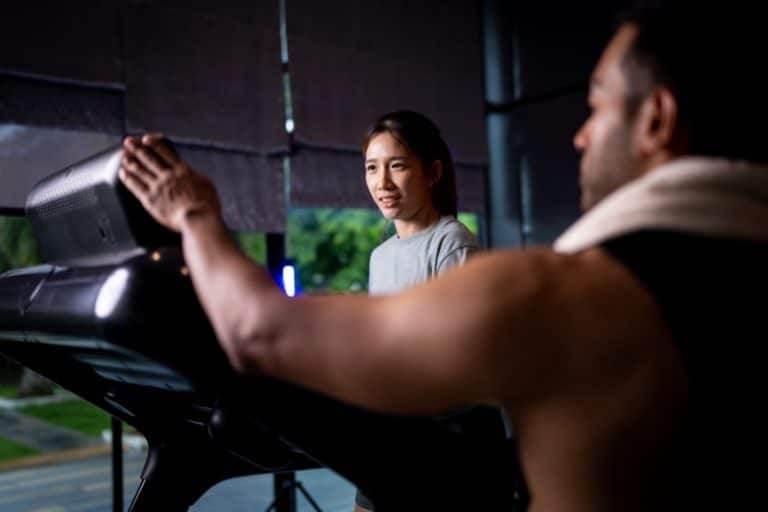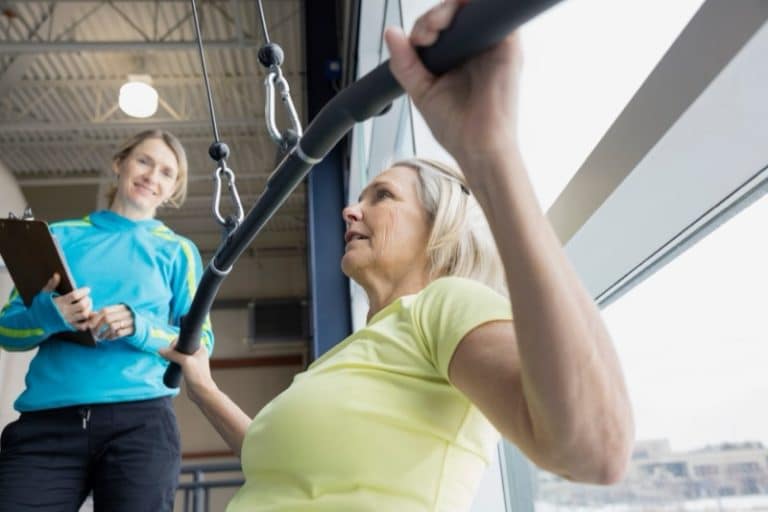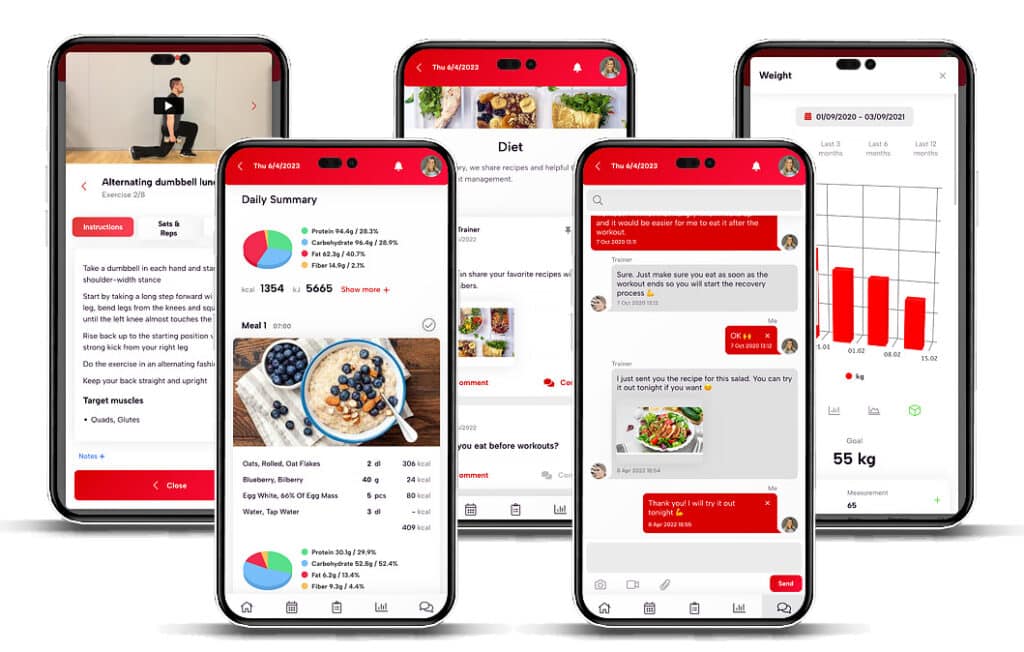RPE offers a window into the subjective experience of exercise intensity, providing coaches with real-time feedback that goes beyond traditional metrics like heart rate or predetermined weights. For women, whose training responses can be influenced by hormonal fluctuations, stress levels, sleep quality, and numerous other factors, RPE becomes not just useful -it becomes essential.
Understanding RPE: The Foundation
Rate of Perceived Exertion is a subjective scale that allows individuals to rate how hard they feel they’re working during exercise. The most commonly used scale ranges from 6-20 (the original Borg scale) or 1-10 (the modified scale), with higher numbers indicating greater perceived effort.
Unlike objective measures such as heart rate or power output, RPE captures the individual’s internal experience of exercise intensity. This includes not just cardiovascular stress, but also muscular fatigue, breathing difficulty, mental effort, and overall sense of strain. Read more about RPE here.
The Science Behind RPE
Research has consistently shown that RPE correlates strongly with physiological markers of exercise intensity, including heart rate, lactate levels, and oxygen consumption. However, what makes RPE particularly valuable is its ability to integrate multiple physiological and psychological factors into a single, easily communicable number.
For coaches working with women, this integration is crucial because female physiology presents unique complexities that can affect exercise response in ways that traditional metrics might miss. Read also about Reps in Reserve (RIR) protocol here.

Unlock your fitness potential with Trainero! Get a 14-day free trial and access personalized workout plans, expert coaching, and progress tracking—all in one app. No commitments, just results. Start your free trial today and take your fitness journey to the next level!
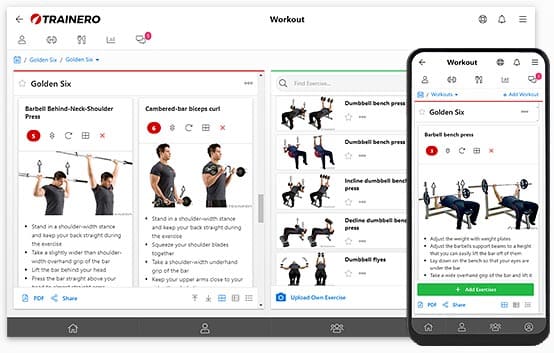
The Female Physiology Factor
Hormonal Fluctuations and Exercise Response
Women’s hormonal profiles change dramatically throughout their menstrual cycles, and these changes have profound effects on exercise capacity, recovery, and perceived exertion. Understanding these fluctuations is crucial for any coach working with female clients.
Follicular Phase (Days 1-14):
- Estrogen levels rise progressively
- Generally improved exercise tolerance
- Better recovery capacity
- Lower RPE for similar workload intensities
Luteal Phase (Days 15-28):
- Progesterone dominance
- Increased core body temperature
- Reduced glycogen storage efficiency
- Higher RPE for identical workloads
During the luteal phase, a workout that felt like a 6/10 RPE during the follicular phase might feel like an 8/10, despite identical external parameters. Traditional programming that ignores these fluctuations can lead to overtraining, increased injury risk, and poor adherence.
Autoregulation Through RPE
RPE-based training allows for automatic adjustment based on how a woman’s body is responding on any given day. Instead of forcing adherence to predetermined intensities that may not align with current physiological capacity, RPE enables intelligent autoregulation.
For example, a program might call for squats at RPE 8, which could translate to:
- 85% 1RM during optimal hormonal phases
- 75% 1RM during more challenging phases
- The same relative effort with automatic load adjustment
Psychological Considerations in Female Training
Relationship with Intensity
Research indicates that women often have different relationships with exercise intensity compared to men. Studies show that women may:
- Underestimate their actual exercise intensity
- Have greater variability in RPE responses
- Be more sensitive to external feedback and coaching cues
- Experience different motivational drivers
These psychological factors make RPE particularly valuable because it validates and quantifies the female client’s internal experience, creating a more collaborative and responsive training environment.
Building Confidence and Body Awareness
Using RPE helps female clients develop a sophisticated understanding of their bodies’ responses to exercise. This internal awareness building is particularly important for women, who may have been conditioned to ignore or mistrust their body’s signals.
Through consistent RPE monitoring, women learn to:
- Recognize different types of fatigue
- Distinguish between productive challenge and excessive stress
- Develop confidence in their ability to self-regulate
- Communicate effectively with their coaches about their training experience
Practical Implementation for Coaches
Educating Clients on RPE
Successful RPE implementation begins with thorough client education. Coaches should:
Explain the Scale Clearly:
- Use descriptive anchors (e.g., “RPE 7 = could do 3 more reps”)
- Provide both physiological and effort-based descriptions
- Practice with different exercise modalities
Establish Personal Anchors:
- Help clients identify their personal RPE 6, 8, and 10
- Use benchmark workouts to calibrate understanding
- Regularly revisit and refine these anchors
Programming with RPE for Women
Strength Training:
- Use RPE ranges rather than fixed percentages
- Allow for autoregulation within prescribed parameters
- Example: “Work up to RPE 8, then perform 3 sets at RPE 7-8”
Cardiovascular Training:
- Incorporate RPE zones for different training adaptations
- RPE 5-6: Aerobic base building
- RPE 7-8: Tempo/threshold work
- RPE 9-10: High-intensity intervals
Recovery Monitoring:
- Use daily RPE assessments to gauge readiness
- Adjust training based on trends rather than single data points
- Implement deload protocols when RPE trends upward for identical workloads
Tracking and Analysis
Effective RPE implementation requires consistent tracking and analysis:
Daily Monitoring:
- Morning readiness RPE (1-10 scale for how ready they feel to train)
- Session RPE (overall difficulty of the workout)
- Exercise-specific RPE for key movements
Weekly/Monthly Analysis:
- Look for patterns related to menstrual cycle phases
- Identify external stressors affecting training response
- Adjust programming based on long-term trends
Addressing Common Challenges
Calibration Issues
Some female clients may initially struggle with RPE accuracy due to:
- Limited training experience
- Tendency to underreport intensity
- Perfectionist tendencies leading to over-conservative ratings
Solutions:
- Use video analysis to correlate RPE with visible effort markers
- Implement regular benchmark testing
- Encourage honest reporting without judgment
Hormonal Birth Control Considerations
Women using hormonal contraceptives may experience:
- Blunted hormonal fluctuations
- Different exercise responses
- Modified recovery patterns
Coaches should account for these factors and may need to establish different RPE baselines for clients using hormonal contraception.
The Business Case for RPE
Improved Client Retention
RPE-based training often leads to:
- Higher client satisfaction due to personalized approach
- Reduced injury rates from overtraining
- Better long-term progress due to appropriate recovery
- Stronger coach-client relationships through improved communication
Enhanced Training Outcomes
Research consistently shows that autoregulated training (often using RPE) produces:
- Greater strength gains compared to fixed-percentage training
- Improved adherence to exercise programs
- Better adaptation to individual recovery needs
- Reduced burnout and overtraining symptoms
Advanced Applications
Integration with Technology
Modern coaches can enhance RPE protocols by integrating with:
- Heart rate variability (HRV) monitoring
- Sleep quality tracking
- Stress monitoring applications
- Menstrual cycle tracking apps
This multi-modal approach provides a comprehensive picture of client readiness and response.
Periodization and RPE
RPE can be effectively integrated into periodized training models:
Preparation Phase:
- Emphasis on RPE 6-7 for technique development
- Volume accumulation at moderate intensities
Intensification Phase:
- Regular exposure to RPE 8-9
- Reduced volume, increased intensity
Realization Phase:
- Maximal efforts (RPE 10) with optimal recovery
- Competition preparation and peaking
Special Populations
Postpartum Clients
RPE becomes particularly valuable for postpartum women due to:
- Rapidly changing physiological status
- Variable energy levels
- Need for gradual return to exercise
- Potential diastasis recti or pelvic floor considerations
Perimenopausal and Menopausal Women
During hormonal transitions, RPE helps navigate:
- Unpredictable energy levels
- Changed recovery patterns
- Modified heat regulation
- Potential joint and connective tissue changes
Research and Evidence
Supporting Studies
Multiple studies have demonstrated the effectiveness of RPE-based training:
- A 2018 study by Helms et al. showed that autoregulated training using RPE produced superior strength gains compared to percentage-based programming
- Research by McNamara and Stearne (2010) demonstrated that women’s RPE responses differ significantly from men’s, particularly during certain menstrual cycle phases
- Zourdos et al. (2016) found that RPE-based autoregulation led to greater training volume and improved performance outcomes
Physiological Validation
Studies using lactate measurements, heart rate monitoring, and EMG analysis have consistently validated RPE as an accurate indicator of exercise intensity in women across different training modalities and menstrual cycle phases.
Creating an RPE Culture
Team and Group Training Applications
For coaches working with female teams or groups:
Establish Group Norms:
- Create an environment where honest RPE reporting is valued
- Use RPE as a communication tool between teammates
- Implement group calibration sessions
Individual Attention Within Groups:
- Allow for individual modifications based on RPE
- Avoid comparison-based pressure
- Celebrate individual progress and self-awareness
Technology and Tools
RPE Tracking Applications
Several digital tools can enhance RPE implementation:
- Specialized training apps with RPE logging
- Custom spreadsheets for trend analysis
- Integration with existing gym management software
Wearable Technology Integration
While RPE is inherently subjective, it can be enhanced by objective markers:
- Heart rate variability for readiness assessment
- Sleep quality scores for recovery monitoring
- Stress indicators for training load adjustment
Long-term Athlete Development
Building Lifelong Exercise Habits
RPE education contributes to long-term exercise adherence by:
- Teaching self-regulation skills
- Building confidence in exercise decision-making
- Creating positive associations with challenging but appropriate exercise
- Developing sophisticated body awareness
Transitioning to Independent Training
Clients who master RPE-based training become more capable of:
- Self-coaching during periods without professional guidance
- Making appropriate intensity adjustments
- Recognizing when to seek professional help
- Maintaining consistent training despite life changes
Conclusion
The implementation of RPE protocol when coaching women represents a paradigm shift from one-size-fits-all training to truly personalized, responsive programming. By acknowledging and working with the unique physiological and psychological characteristics of female physiology, coaches can optimize training outcomes while building stronger, more trusting relationships with their clients.
The evidence is clear: women’s training responses are complex, variable, and influenced by factors that traditional programming methods often ignore. RPE provides a practical, scientifically validated tool for navigating this complexity while empowering female clients to become active participants in their training process.
For fitness professionals committed to delivering exceptional service to female clients, mastering RPE protocol isn’t just an additional skill—it’s an essential competency that can differentiate excellent coaches from merely good ones. The investment in learning, implementing, and refining RPE-based coaching methods will pay dividends in client satisfaction, training outcomes, and professional reputation.
As the fitness industry continues to evolve toward more individualized, evidence-based approaches, coaches who embrace tools like RPE will be better positioned to serve their female clients effectively and build sustainable, successful practices.
The future of women’s fitness lies not in forcing adaptation to rigid systems, but in creating flexible, responsive frameworks that honor the complexity and uniqueness of female physiology. RPE protocol is a crucial component of this future, offering a bridge between scientific rigor and practical application that benefits coaches and clients alike.

Unlock your fitness potential with Trainero! Get a 14-day free trial and access personalized workout plans, expert coaching, and progress tracking—all in one app. No commitments, just results. Start your free trial today and take your fitness journey to the next level!


